-
Posts
1,804 -
Joined
-
Last visited
Content Type
Profiles
Forums
Articles
Gallery
Downloads
Events
Posts posted by Judson Yaggy
-
-
"When I nod my head, hit it!"
-
Is the mechanism under the anvil some sort of counterblow device or is it a shock absorber to limit the blow to a known force?
-
3 hours ago, JHCC said:
it has been very cold this winter.
Winter? You think it only happens in winter? (grin)
-
No matter how careful you are making a tool, something will be out of alignment. Especially after you smack the tool a few times. Also, your dominant hand/side will fight your eyes when trying to put a work piece square to an anvil or power hammer. (looks like Joel is left handed from the way he set up his PH dies.) Drag from tooling and resistance of the work are inevitable, they will twist or bend things a little no matter how practiced you are.
I would have brought Joel's example to octagonal before going into a round swage, I find it's easier to control things with flat planes to look at while working. Or perhaps I should say I can see when something is out of wack earlier with flats over rounds.
-
What is the hollow anvil in the background of one of the photos? More interesting than just another London pattern IMHO.
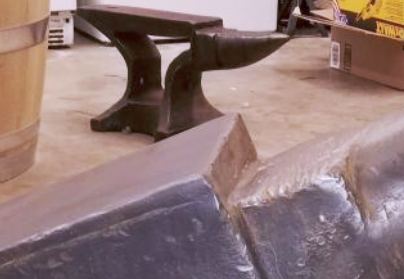
-
Looks good!
-
It's a bolt head and washer.
-
Just teach 'em to swing a sledge, they are smart enough and plenty strong!
-
On 1/24/2018 at 11:29 PM, bajajoaquin said:
Is there a member from Kerala, or are you remembering my visit to Kerala a while back?
I'd forgotten that you went there too. Amazing place, isn't it?
There was another member actually livinvg in Kerala, he was trying to bootstrap himself into having a little shop, and was having trouble finding borax in India.
I saw several of the following anvils in southern India, so there are some avaiable!
And, just because it was both terrifing and a little cool to be unexpectedly close to a wild bull elephant
-
4 years and half a dozen software upgrades ago, perhaps it's time to unpin this thread and let it fade away?
-
An overall pic would be most helpfull in IDing your vise. Individual parts were often replaced or shop made, but overall styles are sometimes indicitive of origin. The mounting plate shown in the above pic could be Columbian or one of the other 19th/early 20th century American makers.
-
-
John, when you punch or slit and drift a bar, the sides of the hole stretch and distort no matter what you do. Punching removes at the very least a little slug of material, and while slitting should theoretically remove no material, both processes drag and distort the parent material into the hole with the tool. This causes both a little thinning of the side walls and a little depression being formed on the tool side of the wp (if you work from both sides this is minimized but the effect of tool drag is none the less still visible).
When you upset the area immediately around a punched or slit hole, the material will either upset or bend. If your force vectors are as close as possible to the long axis of the wp the side walls of the hole will upset until they are thick enough or your hammering gets off center enough that the stock's resistance to upsetting becomes greater than it's resistance to bending.
The art to the process is that if done well you can upset thin side walls for a few blows, correcting thinning, and then as things get fatter and stiffer, bend the cheeks away from the center of the hole. In the same heat. Bending is easier than upsetting, so you can do it at a lower heat.
If your work piece is very thin, such as a piece of sheet metal, you will never notice the punch drag and deformation, and upsetting the hole will always bend the metal before upsetting due to the lack of resistance to your probably inaccurate force vector. If your wp is quite thick, you will easily notice the punch deformation, but will find that it's easy to upset the parent stock back to something thicker. The happy medium falls in to the stock sizes often worked in the decorative/architectural smithing world, 1/2" to 3" range and where visual appeal is very important. There you can slit and drift, and upset the wp back to something that still looks like you magically parted the sea with no effort.
-
6 hours ago, JHCC said:
Is this technically “upsetting”? To be sure, you’re hammering on the end of the bar, but that’s to open up the hole rather than to thicken the workpiece, yes?
It does both in this case.
-
You have to jump thru some hoops to make iron/steel survive outdoors.
Our chosen media can ALSO be worked by any hack with a welder and grinder. Hard to educate clients about the difference between fab and forge work. Frankly, it's hard to educate some "blacksmiths" about the difference.
Everyone you meet thinks that you shoe horses.
Everyone you meet thinks you make knives. I tell them that knife makers are jewelers for machos.
Das forgot to say that iron is HEAVY!
Unless you embrace paint, our work has a fairly boring range of colour.
-
Nathan makes a nice hammer!
-
6 hours ago, anvil said:
My chisel geometry is different. This being an old thread, if there is an interest, I'll post pics.
Yes please. More information is always good.
In the architectural smithing realm, I learned to upset a hole after slitting and before drifting to compensate for side wall thinning. It’s not about one perfect tool shape, but rather all steps in the process being complimentary to the final shape one wishes to accomplish.
-
How'd it go?
-
Broken ones show up in tailgaiting sections of meets all the time here in the northeast. We had early industry (for the USA) and many manufacturers thou, so there are simply more smithing tools of all conditions than other parts of the country.
-
Pilot drill your mortice, perhaps 3/16"or 1/4" for that size stock. Chase the drilled hole with a punch/drift for the swelled look.
-
I find the cheap Chinese crowbars tend to work like 1045 or 1050. YMMV. Start from there and experiment, and don't assume they are all made of the same stuff.
-
No power to the fly press unless you count arm strength and electric lights.
If you would like to borrow an electrical power cord I'll bring one to the spring meet. (GRIN) In fact, I probably have enough that we could run power from your neighbor's place to the trailer, we could hide the cords under the snow.
-
My photos from pre-glitch are still in the IFI system, all there stacked up in my personal profile. The link between them and the publicly visable thread seems to be what's broken.
Not to pour water on this nice hot thread, but I sold my treadle hammer the month after buying my fly press. 7 years ago now, haven't regeted getting rid of it for a moment! If you are going to build a mechanical hammer, might as well hook an electric motor to it!
-
2 hours ago, DanielC said:
I keep meaning to buy that book. Does jt contain info on self-contained hammer?
No, just American made mechanicals and a few related peripherals. Still well worth the pice thou!

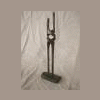
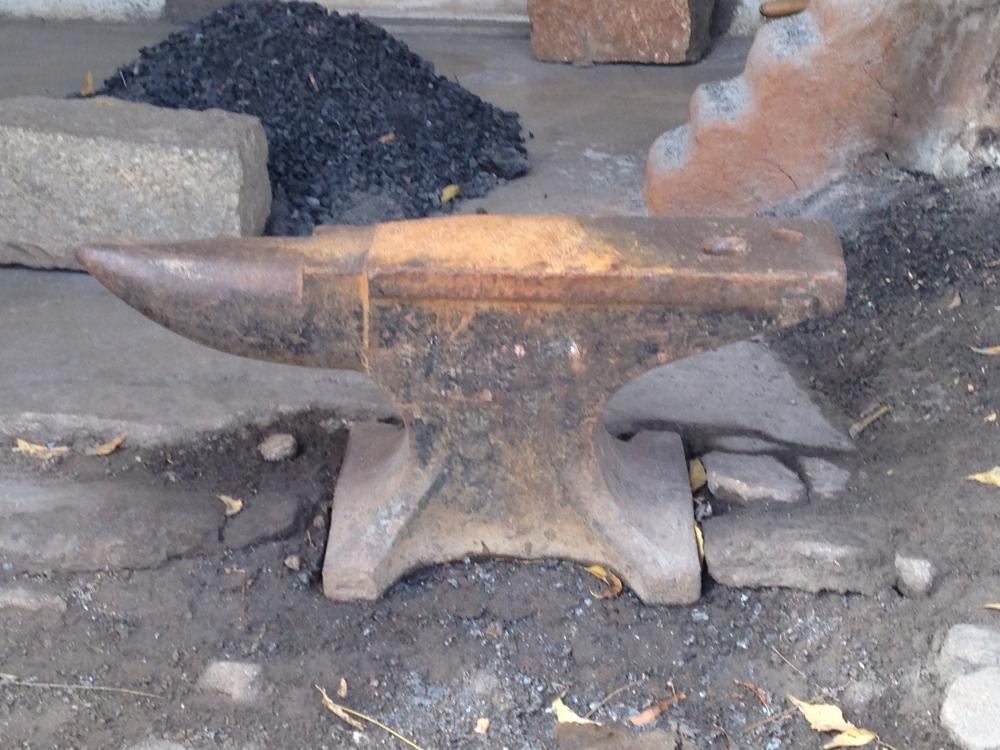
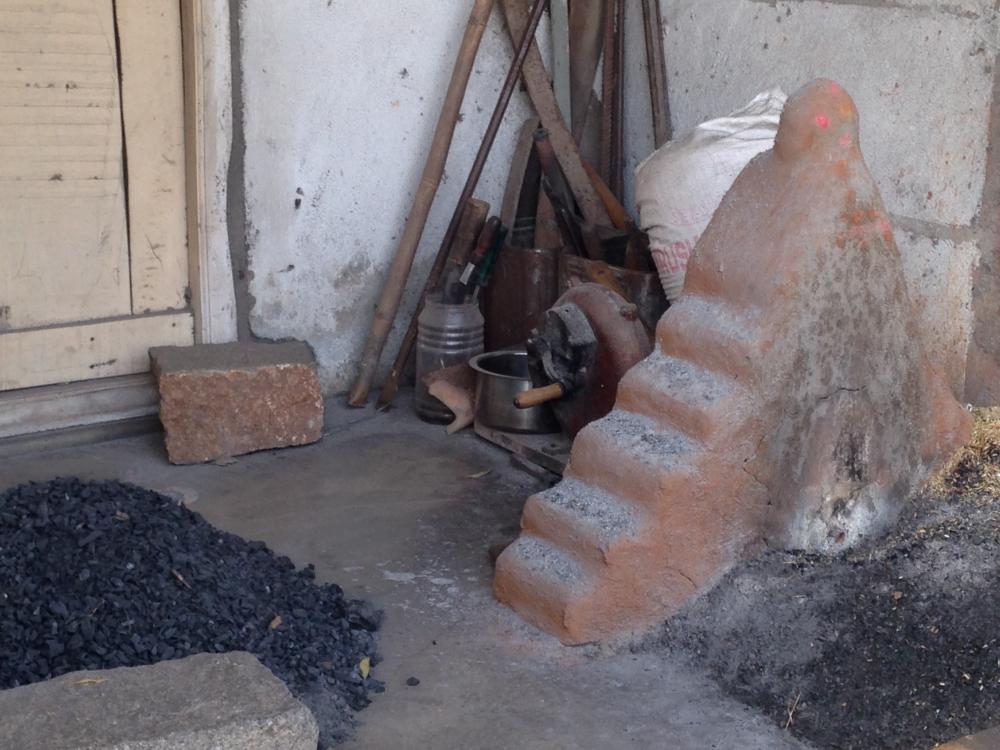

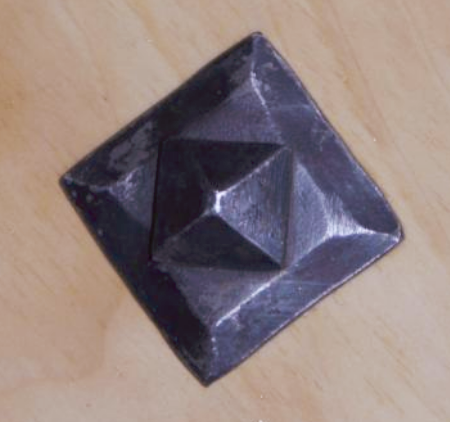
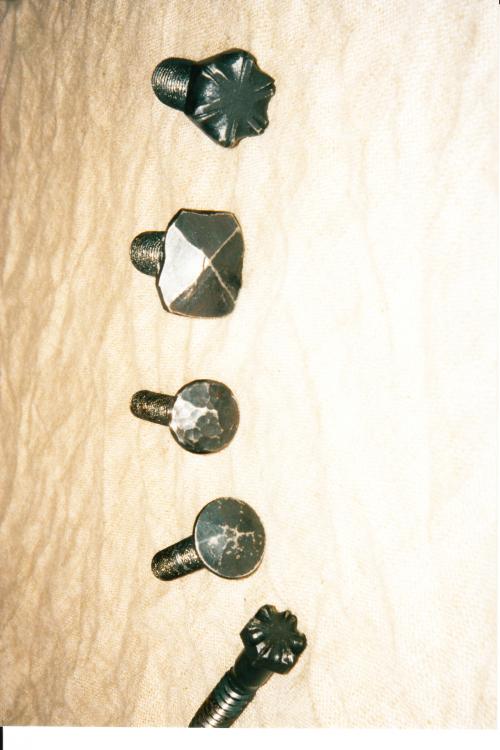
Type of anvil
in Anvils, Swage Blocks, and Mandrels
Posted
Looks punched, so probably was manufactured with it. Also, it's yours to do with as you please, but I wouldn't grind any more off it.